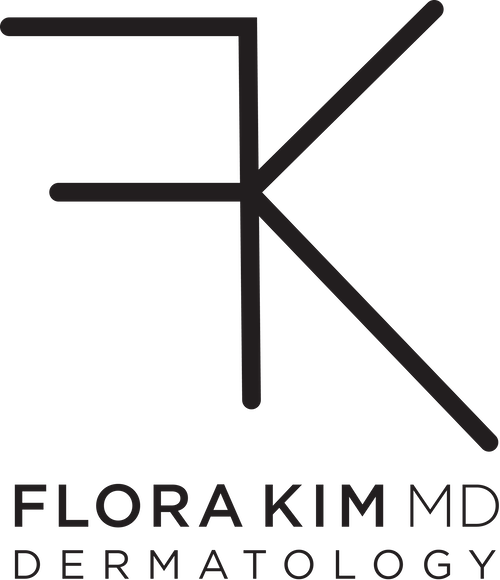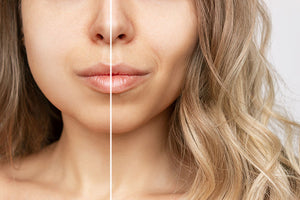Botox: Understanding Treatment and Expectations

TO ARTICLE LISTEN TO ARTICLE
Over the last two decades, Botox has grown in immense popularity, and yet most people do not understand it. Grasp the full potential of what Botox can do and decide whether it is right for you.
What is Botox?
Botox is the most commonly recognized brand name, but technically, it is a neuromodulator that softens the intensity of muscle contractions that cause those hated wrinkles over time. When you open a new Botox box, you will find a sealed glass vial that looks completely empty. This vial must then be 'activated' by adding bacteriostatic saline. This is where the magic happens, as each injector is likely to dilute the neuromodulator slightly differently. The more advanced injectors know to custom tailor the dilution based on what the desired cosmetic outcome is. When injecting into the targeted muscle groups, comfort is maximized by utilizing the smallest needles. Topical numbing is also an option prior to each injection as some areas of the face/body can be more sensitive than others, and this sensitivity can vary from appointment to appointment (for some, menstrual cycles can play a role).
What happens after the treatment?
After receiving Botox, you will notice small bumps that can appear pink or minimally swollen in the area of the needle injection, which fade after about 5-10 minutes. There is also a small risk of bruising in the area, which is why scheduling a Botox treatment immediately before a big event is not advised.
Should bruising occur, more sophisticated and comprehensive medical practices may offer complimentary laser treatments to decrease the intensity and longevity of the bruise.
In the eye region or crow's feet, an eye cream with Vitamin K, which helps to diminish puffiness and discoloration, can help to mitigate and combat bruising.
Can I develop resistance to Botox?
Think of it in terms of a workout. If you target the same muscles in the same way each time, eventually your muscles become accustomed and your workout has reached a plateau. You have to mix up your routine to maximize muscle health throughout the entire body. In the same way, alternating between different neuromodulators will decrease the likelihood of developing resistance, therefore maximizing your skin's response - which is what we recommend and practice at our office.
How long does Botox last?
On average, it can take around 3 months for Botox to be 100% gone. Remember that as each week goes by, a little more gradually disappears. Botox is not something that is 100% present for months and then suddenly gone overnight. However, each person may have a unique experience regarding longevity since it has to do with how fast your body metabolizes the Botox, which muscles are treated, and how often and strong your facial expressions are.
It can take between 3 to 7 days after injection to see results. This timeline is why the follow-up appointment is typically one week following the procedure. Rarely, some patients will not realize the full effect until days 10 to 14, and some see improvement in 24 hours!
How frequently should I get Botox?
We recommend Botox treatments every 10 to 12 weeks because we want everyone around you to wonder "does he/she or doesn't he/she?" because you look consistently refreshed all year long, without undergoing a yo-yo fluctuation of "no botox" to "with botox" (which is the telltale sign of someone getting injected). Furthermore, when you come in before the Botox has completely disappeared, you are also preventing the deep lines from ever forming again because you are not letting the muscle contract back to its maximum capacity.
Is there any Downtime after a Botox treatment?
Post-injection guidance for Botox is often outdated. There is no downtime required after the procedure and the only practice to remember is not to touch or manipulate the injection sites. You can otherwise live normally after receiving a Botox treatment.
Keep in mind, if your forehead was treated and you need to wipe your face, you must remember to wipe or touch your forehead in a VERTICALLY UPWARD motion to prevent the Botox from shifting down which could lead to eyebrow or eyelid droop. You can also sleep immediately afterwards as long as you sleep on your back to ensure you are not burying your face in a pillow. I often apply Botox treatments to myself before sleeping since I know that I always sleep on my back.
Each individual's skincare needs and goals are unique, as well as comfort levels with each different type of intervention. If you believe that Botox fits into your regimen or would like to gain further guidance, schedule a consultation. We can work together to tailor a routine that will work best for you.



